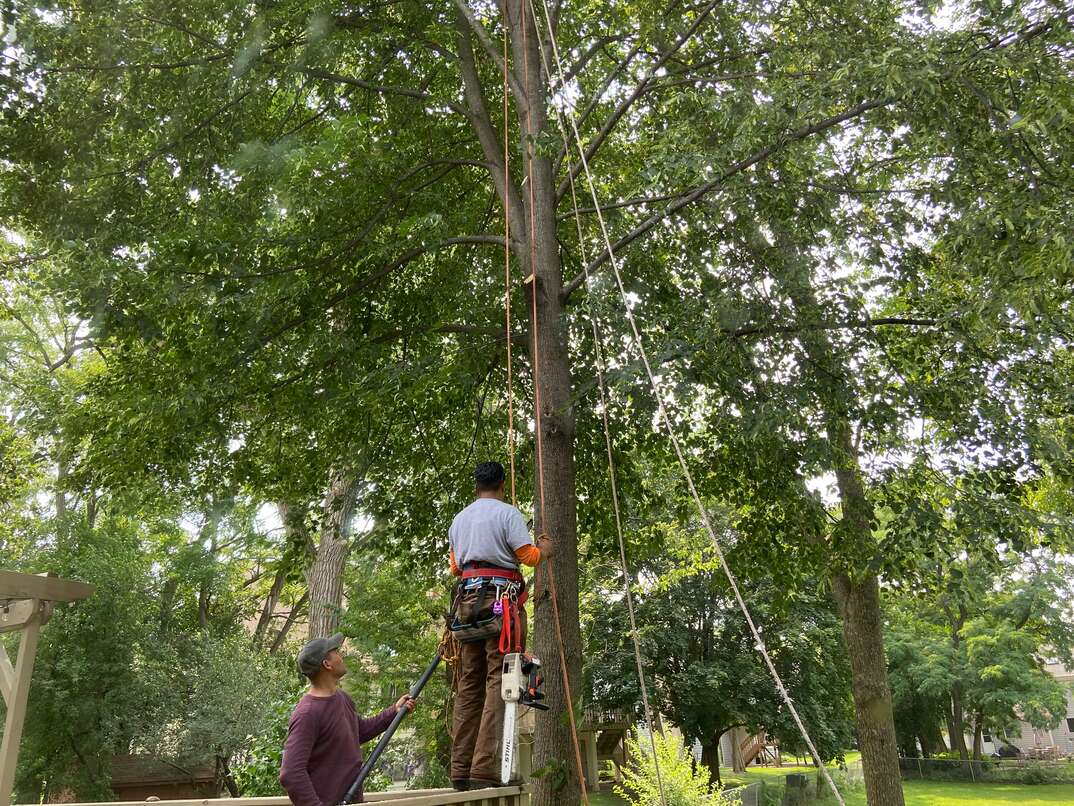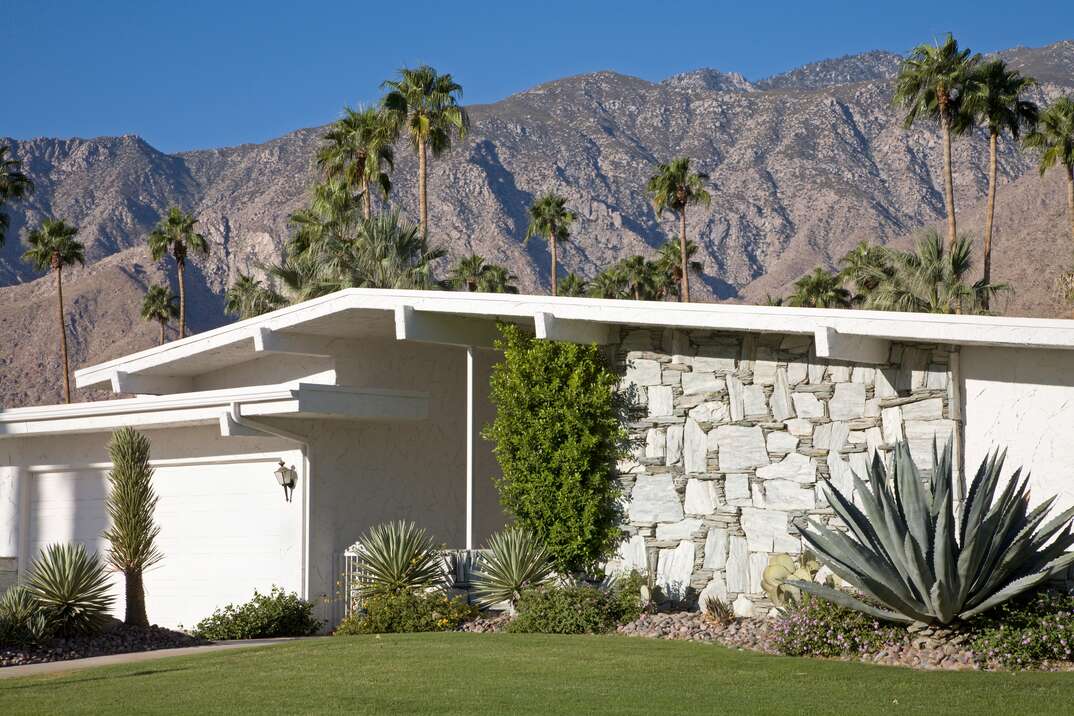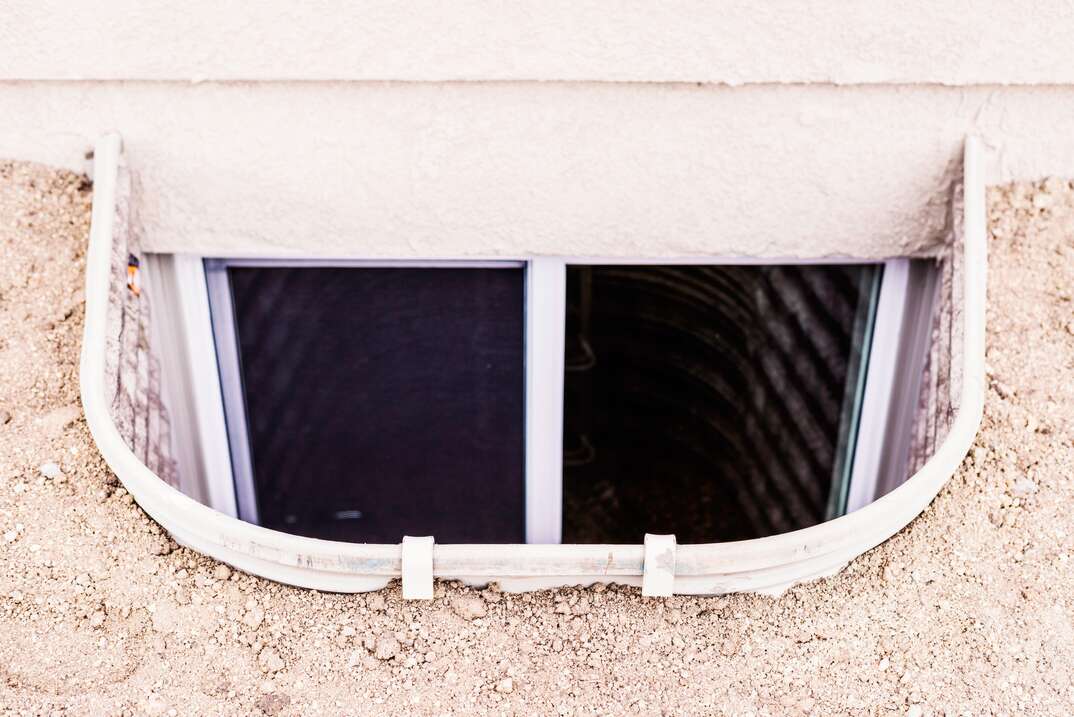How Much Does It Cost to Trim or Remove a Tree?

Whether you live in the city, the suburbs or a rural area, there are trees that are going to need trimming — and not just at Christmastime. Tree trimming and removal is an important consideration, not just for aesthetic reasons but to protect people and property from serious harm. Neglecting proper tree maintenance can be dangerous — but so can doing it yourself without proper knowledge, skills and equipment.
This May Also Interest You: Basic Lawn Care and Maintenance Tips
Like anything involving your home’s electrical system or major plumbing systems, tree maintenance is one of those homeownership obligations you should consult an expert about before attempting yourself. Read on to learn all about what you can expect to pay for professional tree trimming and removal services.
Tree Trimming Prices
The average cost of having a tree trimmed is $420 (CAD 574), according to LawnLove. Generally, the price will range between $75 and $1,600 (CAD 103 and CAD 2,188).
Prices typically depend on the height of the tree. Trimming a tree less than 30 feet high costs between $100 and $430 (CAD 137 and CAD 588). For a tree that's 30 to 60 feet tall, plan to spend $160 to $760 (CAD 219 to CAD 1,040), and $430 to $1,870 (CAD 588 to CAD 2,558) to trim a tree over 60 feet. Topping a tree (a controversial practice, we should point out) will cost $250 to $1,300 (CAD 342 to CAD 1,778).
Be wary of individuals who propose topping a tree to reduce its height. Topping can lead to greater problems than are posed by a “too-tall" tree. Indiscriminate topping of a tree removes too much of the leaf-bearing crown. Because leaves produce food for the tree, this loss can lead to starvation, with the tree becoming vulnerable to disease and insect infestation. Limbs die and break off. The tree is more prone to decay and will probably have to be removed in the near future. If the tree is healthy and its location doesn’t pose a threat to people or property, talk with a professional arborist before deciding on any action.
What Are the Most Expensive Trees to Have Cut Down?
The height and diameter of the tree will determine the cost of trimming or cutting down a tree. Oak trees can grow to 50 feet and higher and can be massive. To cut down an oak tree can run $380 to $1,160 (CAD 520 to CAD 1,587) — not including stump grinding, cleanup and hauling away debris. Pine trees can grow to 150 feet but usually fall within 50 to 100 feet. Plan to spend $475 to $1,450 (CAD 650 to CAD 1,983) to have a pine cut down. Cutting a palm tree will cost you $310 to $475 (CAD 424 to CAD 650).
If you’re clearing land and have several trees to remove, you might contact a logging company. If you have enough healthy trees, smaller companies might remove the trees for free. Keep in mind that you’ll need to be able to tell them the type and size of the trees that need to be removed.
Tree Removal Prices
Tree removal can cost you $385 to $1,070 (CAD 527 to CAD 1,464) and usually runs around $850 (CAD 1,163). The cost of tree removal is calculated at $9.50 to $14.50 (CAD 13 to CAD 20) a foot. How difficult the removal is expected to be and the accessibility of the tree are the determining factors in computing the cost.
If you want to have a tree taken down, depending on the size of the tree, you may want to contact a specialist to take care of removing the debris and the tree from your property.
1. There are three levels of service for tree removal:
2. Basic service is simply cutting the tree down.
3. You can also contract for the tree to be cut and all debris removed from your property.
The most complete (and most expensive) is to have the tree cut, tree stump ground and removed and all debris hauled away.
Be sure to verify in advance which level of service you’re contracting for.
When Is the Best Time to Prune a Tree?
First off, before beginning to prune any tree or shrub, sterilize your saw and clippers, as you don’t want to transfer any disease to a healthy tree. Make sure you know what you’re doing, and check with an arborist if you need information. An arborist is interested in what’s best for the tree and how to manage problems with trees without unnecessarily extreme measures.
Prune all deciduous trees (trees that lose their leaves seasonally) when they’re dormant — usually in late fall or winter. If you prune trees in the spring when they begin to leaf, they’ll run sap and may not heal at the cut, resulting in the tree being vulnerable to disease and insects and leading to long-term damage.
Occasionally, you might want to trim lower branches off an evergreen to make the space beneath it accessible. If you want to trim lower branches off a pine tree, it should be done in early spring, just before new growth starts or as it’s just starting; you can also trim a pine tree in mid-summer, as they’re semi-dormant at that time. When trimming branches, be sure not to trim all the way to the trunk; leave half an inch to an inch of the branch on the tree. A cut-up against the trunk may not heal — and pine trees can die quickly if the trunk bark is compromised.
Prune palm trees in the spring — and only remove the dead and dying fronds. As tempting as it may be, don't trim green fronds. Shaping isn't necessary, and removing healthy fronds can result in irreparable damage to the tree.
What Special Precautions Should Be Taken When Trimming a Tree?
You should never attempt trimming or removing a tree that requires the use of a ladder. Should you need to remove higher branches and limbs, use a pole saw. Before using a pole saw, be sure you read the instructions and check the safety mechanisms. You need to confirm that you know how to safely use the pole saw and that the safety mechanisms work properly.
Other tree trimming precautions include:
- Never trimming near power lines; leave that to the professionals
- Never attempting to trim or remove a large tree close to a structure that could be damaged by falling limbs, branches or the trunk
- Always having another person nearby to secure the area and make sure you stay safe
- Never standing directly under a limb you’re trimming — a large limb falling is life-threatening
If a dying or dead tree could damage power lines when falling, contact the power company. They may prefer to remove the tree before it falls and takes out the power lines.
What Will I Pay to Have Shrubs Trimmed?
If you’re only trimming shrubs, the price tag is much more pocketbook-friendly. According to HomeGuide, the cost of trimming shrubs is calculated either by the labor-hour or by the number of shrubs to be trimmed. The cost per hour may run $40 to $75 (CAD 55 to CAD 103). If calculated by the shrub, you’ll pay $5 to $35 (CAD 7 to CAD 48) for each shrub.
If you want to rejuvenate shrubs, you can substantially cut them back in early spring or late winter. That’ll result in the shrubs not blooming for a couple of years but will greatly improve their long-term health.
Spring-blooming shrubs can be trimmed right after they finish blooming. Fall-blooming shrubs can be cut in the spring, before bloom or buds begin to form.
All CAD conversions are based on the exchange rate on the date of publication.

.jpg)
